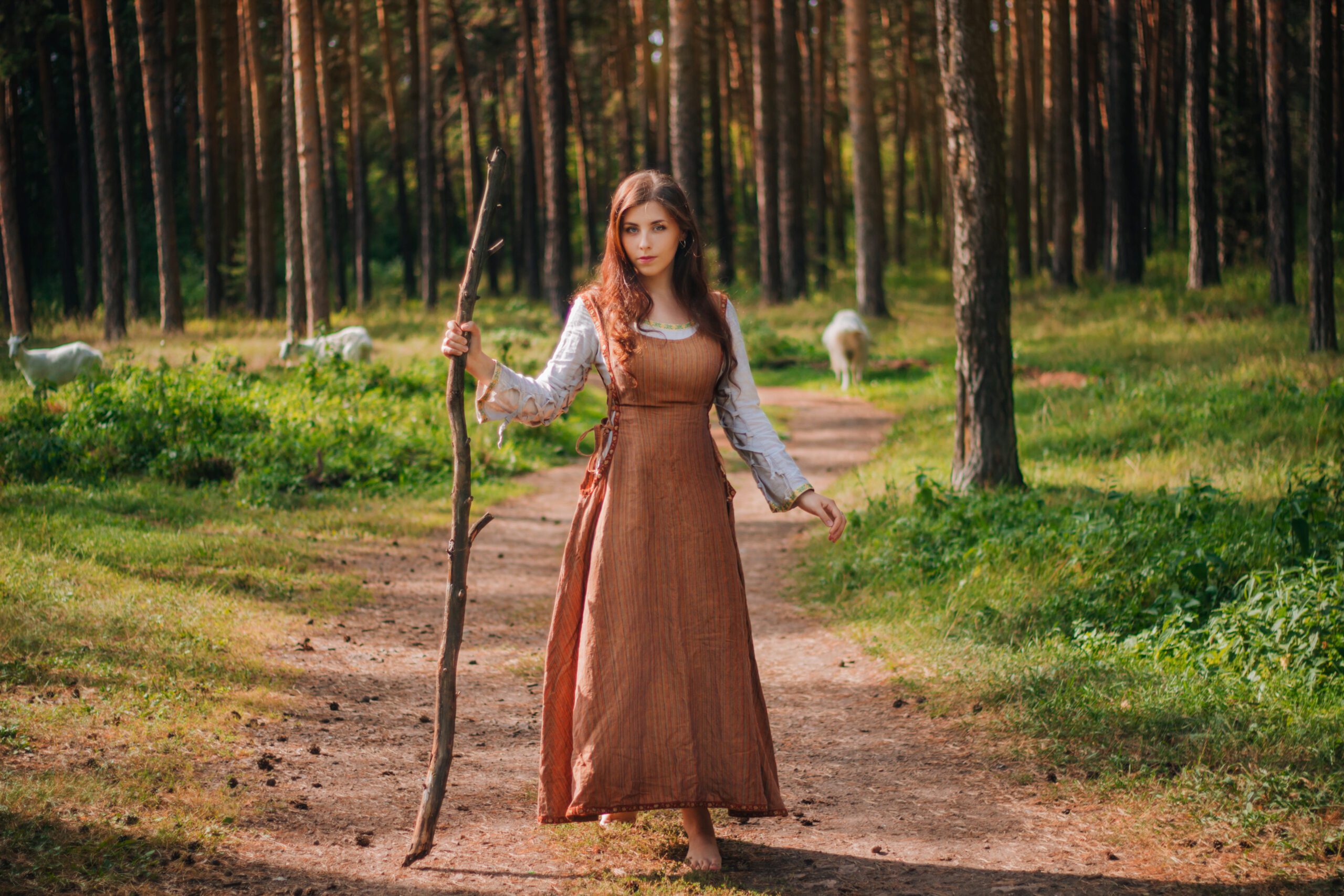
What Is The Skirt?
The skirt is one of the more interesting garments in history, as in comparison to say, the shirt or hat, it has changed several times in its functional use as well as its use by the sexes. The history of the skirt stretches back to the very beginning of clothing, well before written history.
In its most basic definition, a skirt is a tubular garment that hangs from the waist or hips and covers parts or all of the legs. The idea of covering the body below the waist with a loose-fitting material must be a very old one, perhaps so old as to be brothers with the humble loin cloth.
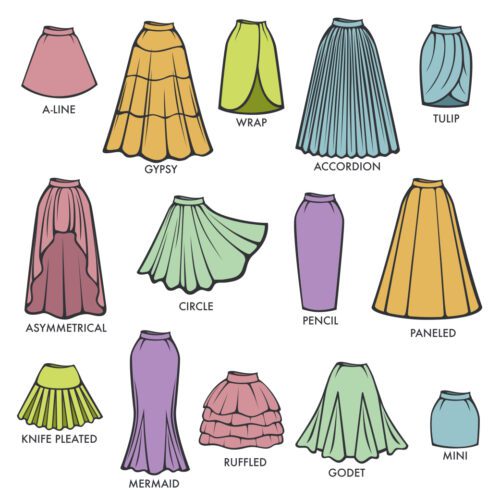

The skirts of a piece of clothing can also refer to the lower, free-hanging part of a garment below the waist. This is what is referred to in the skirts of someone's coat, or the bottom of a robe. We'll limit our discussion to the first type of skirt as if we include all skirts we'd have to talk about the history of robes, coats, cloaks, jackets, and so much more.
The Skirt In The Classical World
Loose-fitting garments of all sorts were a mainstay of ancient fashion. The famous toga of the greeks is a good example. In fact, the toga served a very similar role to the modern business suit, a garment used almost exclusively for ceremonial purposes and for displaying one's wealth. In everyday affairs, the Greek-style fustanella would be a very common sight.
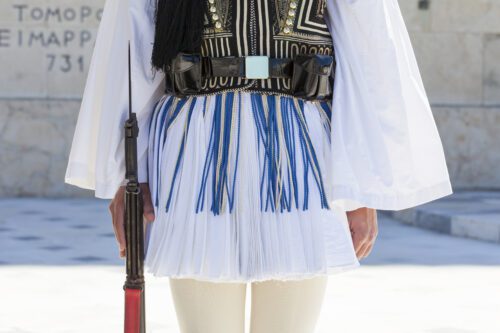

All across the Mediterranean and Black Sea peoples, different variations of a pleated or loose skirt would be worn by men and women. Perhaps the most famous skirt of the ancient world is the style worn in the Roman legions. Usually of a hardy leather reinforced with iron studs, these garments provided warmth or coolness (depending on the density of pleats, which could be added or thinned), mobility, and protection.
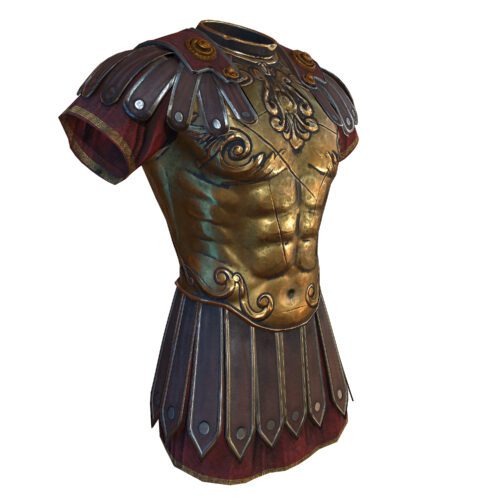

Unlike later periods the length of the skirt appears to have more to do with the use or formality of the situation. Whereas in later times the longer length of the skirt or skirts would be more associated with women.
The Skirt In Medieval Times
By the medieval era, there was already the beginning of a general split in the use of the skirt. In many places across Europe, the skirt retained its ceremonial value in men's wear but generally transitioned to be a garment exclusively for women. There are of course many exceptions in Europe alone, including the famous kilts of the Celts, and the continued popularity of the fustanella in the Balkans.
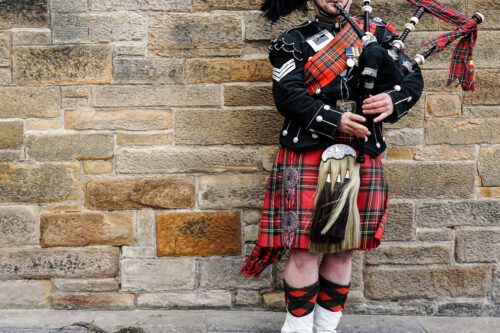

In general, the fashion of the western medieval period was one of tall, narrow lines and figures. Trousers or leggings for men and long but practical dresses for women. The skirt as an article of clothing in itself, particularly a short one, did not suit the morals or practical necessity of the times.
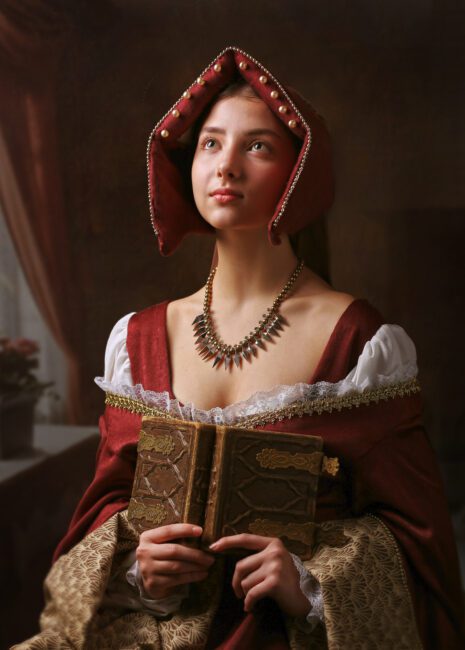

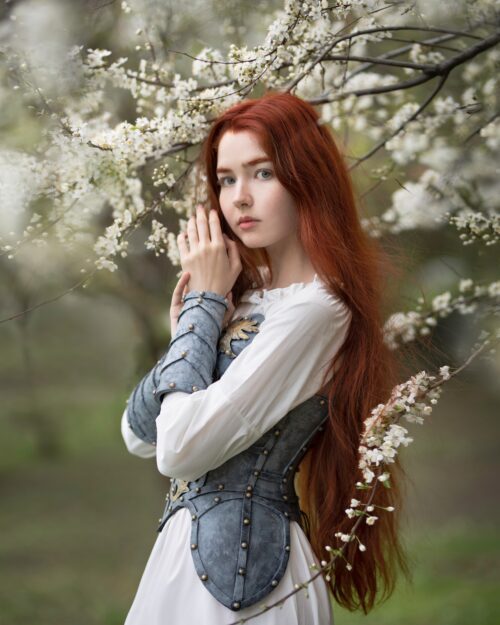

In the East, the traditional Chinese dress of the Han, the Chang (裳), a skirt for men, and the Qun (裙), which depending on the period could mean a type of pleated skirt or the lower skirts in general of the full HanFu dress, would've been a common sight.
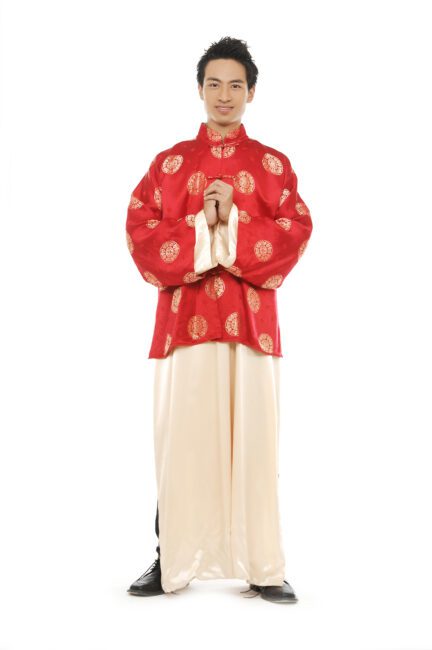

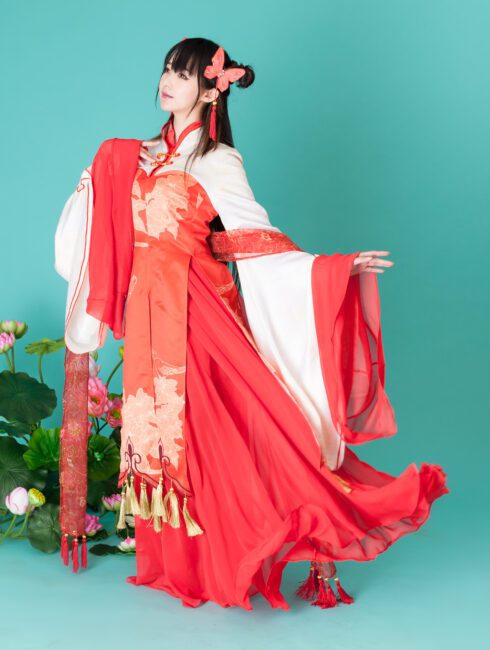

The history of fashion in the East is so varied among cultures and so different from the West that it is difficult to even discuss it at a superficial level. But in general, and using China as the prime example, formality and rank were the main factors in dress, while gender did play an important role, it was a lesser one.
The Skirt In The Early Modern Period
The early modern period (1400s+), saw a great reversal to the practical and slim outlines of the Classical and Medieval world. Large outlines, frills, lace, and the like was common throughout both men's and women's fashion in high society.
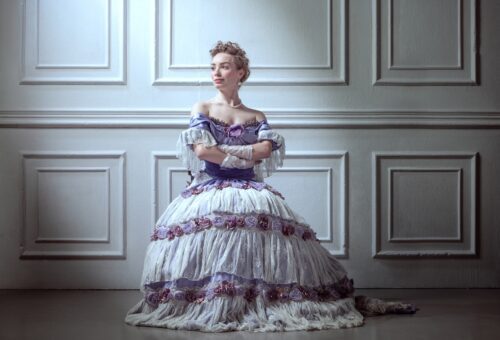

The large and sturdy overskirts became popular for women. These bulky but protective garments helped to shield their expensive and impractical gowns from the dirt and filth of the roads. The heavy gown was very popular among women, changing in outline and form several times.
By this time in the West, the skirt or dress in any form of men's fashion was almost entirely gone, being relegated to traditional dress, or for specific occupations.
This transition in Western European fashion deserves to be discussed in more depth, as not only are there great changes but interesting differences between the nations (usually around religious lines) that create a very curious contrast. As a simple example, look at the dark and almost foreboding colors and cut of a Spanish or English dress, compared to the light and revealing fashions of the French and Italians.
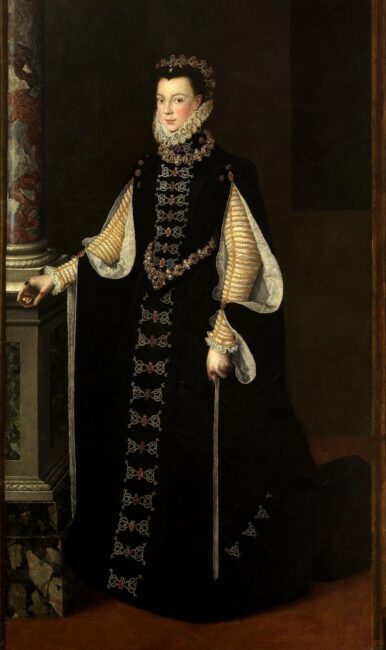

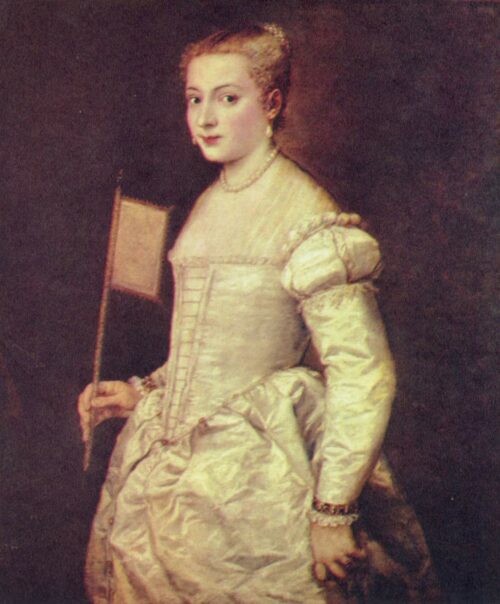

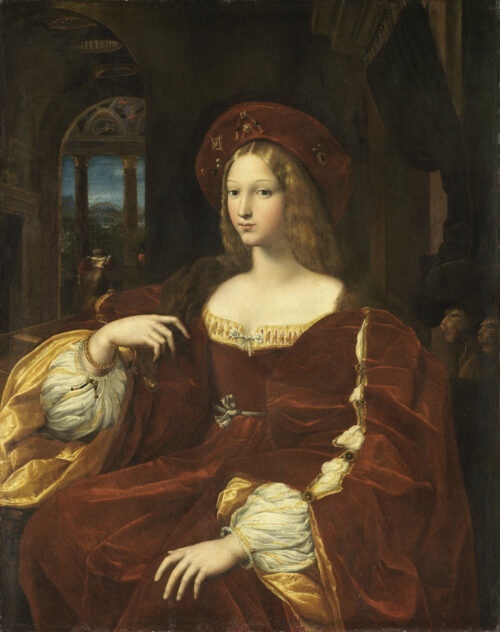

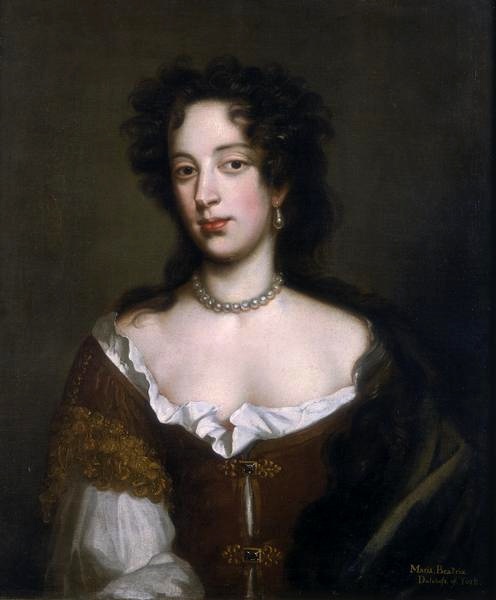

The Skirt In The Modern World
By the late modern period (1800s+), the skirt in the West undertook a series of rapid changes in women's fashion. So far there have been dozens of variations of the skirt in modern fashion, varying length, fabrics, cut, outline, and more.
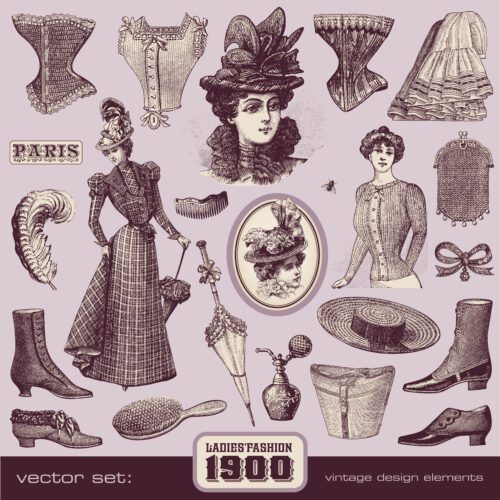

Using the United States as an example, the decades since 1920 have had relatively sudden and abrupt changes. Lengthening, shortening, filling the figure, slimming the figure, shortening again, the changes usually (like all fashion) reflected the times and ideas of the era.
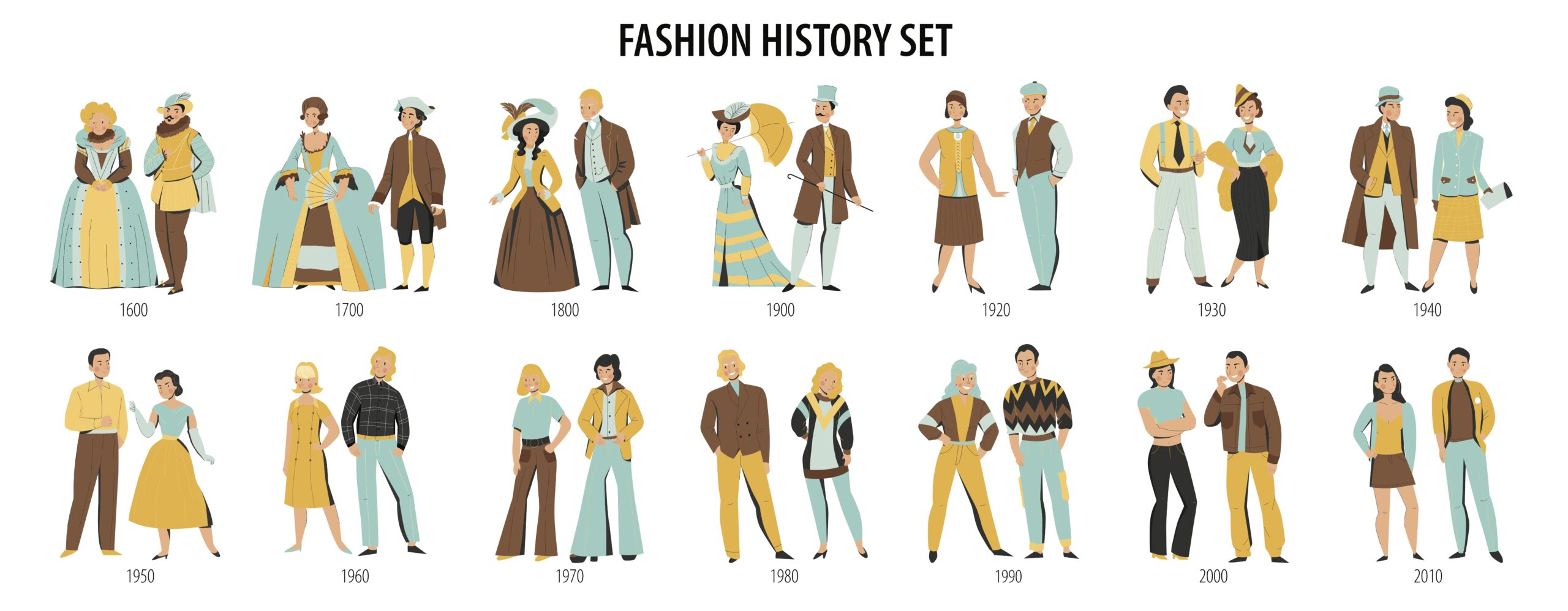

To this day the skirt remains a primarily female, and feminine article of clothing. The most common cuts are of the shorter varieties (midi, knee-length, mini, and micro), with a great variety of fabric and patterns. Like most modern fashion, the general trends are fairly cross-cultural, particularly at the business and high-end levels.
The Future Of The Skirt
Without a doubt, the skirt will retain its position as one of the most popular types of female clothing. The last few decades have seen a variety of attempts to bring back the skirt, or skirt-like garments to male fashion, but to date have been unsuccessful. When one sees how long ago the division between male and female fashion occurred, it is easy to see why bringing it back is not so easy.


Let me know if you'd be interested in more history articles, particularly any that are in more detail. A topic like this, for example, is fun to skim over, but there is so much to it that we can only get to a superficial level.
There are many articles that could be made about just the skirt in various cultures and time periods, let alone other types of garments.
Let me know what you thought in the comments below, see you next time.








Enjoyed the skirt article and pictures. Love the history
Thank you, Christine; thank you for your appreciation.
enjoyed the article on skirts very much. how clever of your son to get so much info into a very readable missive.
Thank you, Eli for your comment I make sure he reads it.
Excellent and enjoyable article on History of Skirts. It would be great to read more articles like this!!
This article brought back memories of when I had to make a presentation to the girls in my sewing class in grade 12. I chose to speak about fashion changes throughout the ages and did mention the skirt in it.
Thank you for this article. Very interesting to know some of the details of skirts and their place in fashion history. Your son does an amazing job as you do in all your posts! Thank you!!
This is a great read, thank you
This article made me wonder about how men’s clothing left the skirt behind moreso than women’s. Interesting article.
That is so interesting. I really enjoyed reading the article. I love reading about the history of sewing, knitting and quilting.
I personally think that a skirt is a great piece of clothing. You can wear it casually, or you can dress it up. Very versatile.
Thanks for the little history.
I’m always interested in historical clothing and thought this was especially interesting. Thanks to your son for an excellent job.
Loved the skirt history. Really learned something!
Skirts, yes! but also include some info on pockets. Amazing how varied they were at various times.
Very interesting article and well written! I love Apron history! A more versatile and functional garment has yet to be invented! Lol
I have really enjoyed your talk on the history of certain clothes. Please keep up the good work.
Really enjoyed the information Thank you was a nice read
Very interesting article. I’d love more information about the history of ribbon skirts worn by indigenous people.
Enjoyed this historical presentation.
Interesting article. As long as you enjoy the research and composing an article, I’m interested in reading about your findings.
Thank you this an interesting little read.
I’m a history buff so I really loved your article on the history of skirts. I’d love to see more like it!
I really enjoyed learning about the history of skirts. I’m very interested to read more history on this and other garments.
Thank you for your comment. This article was written by my son, who loves history. Have you read this one? https://so-sew-easy.com/history-trench-coat/
Very interesting.
Hi Jane, Thank you for your comment; otherwise, I would have never found your blog; I love beading and spinning.